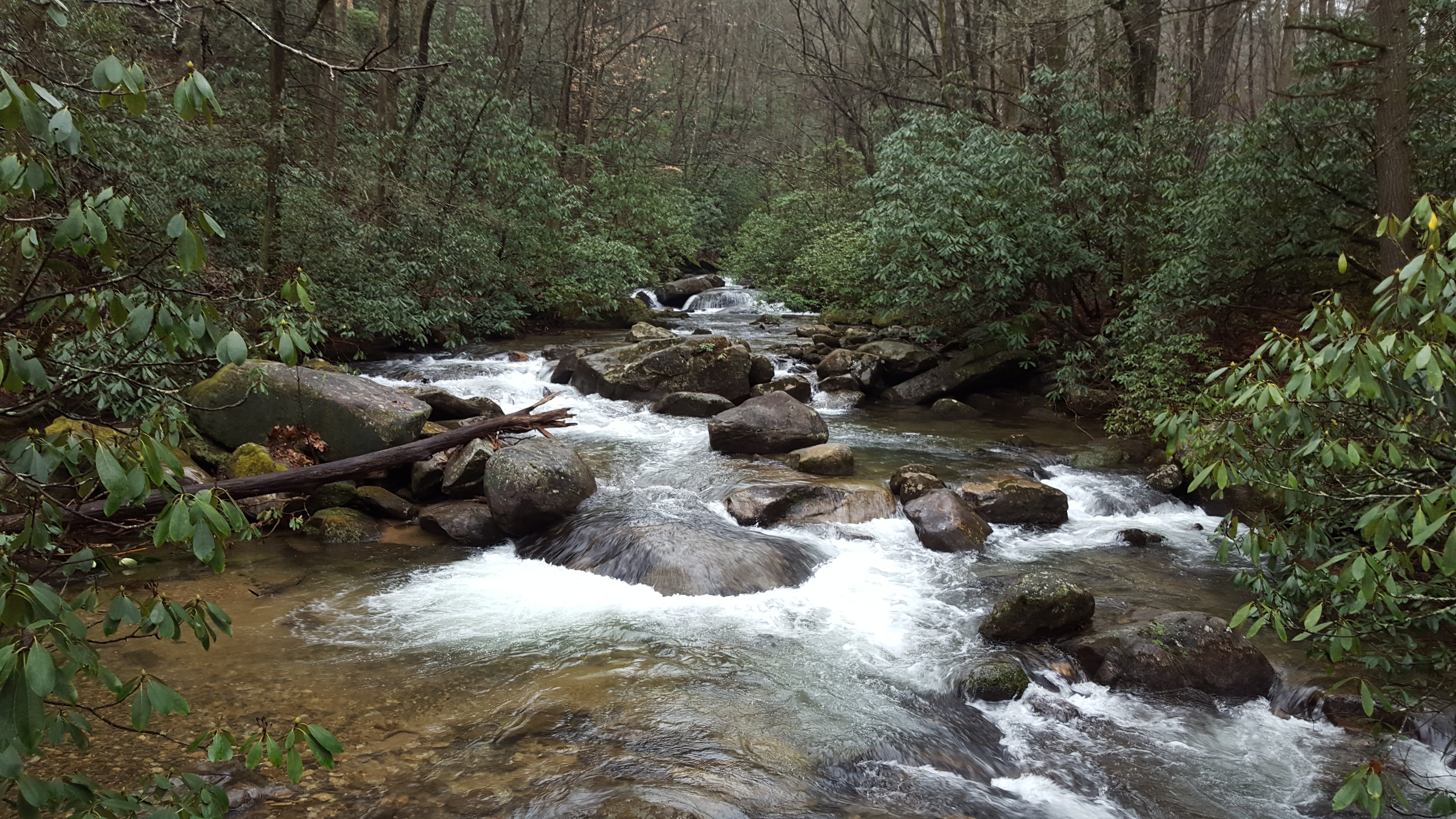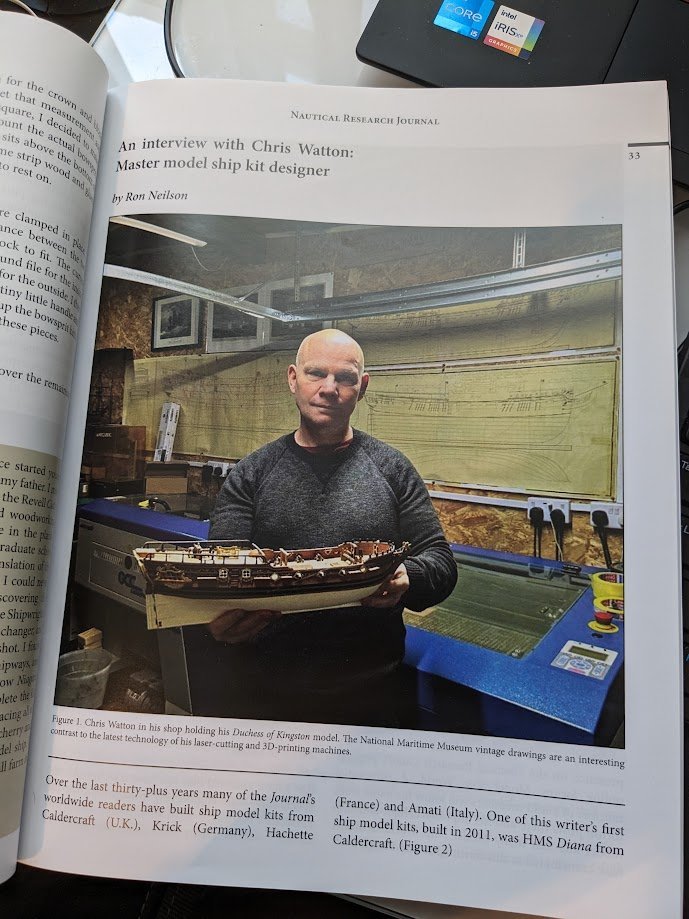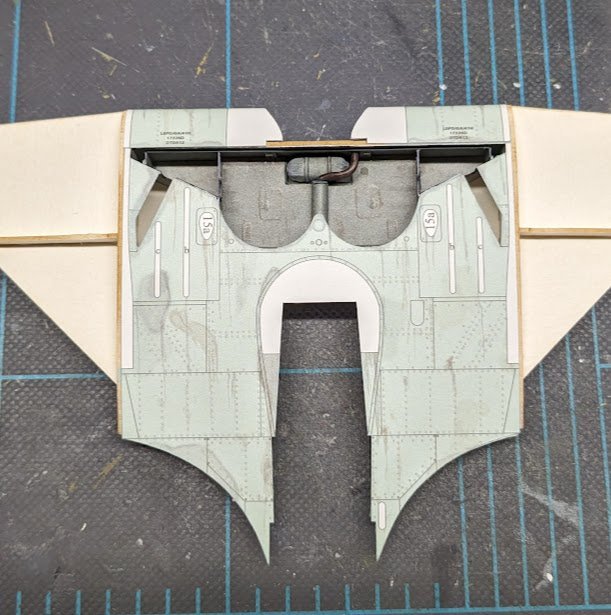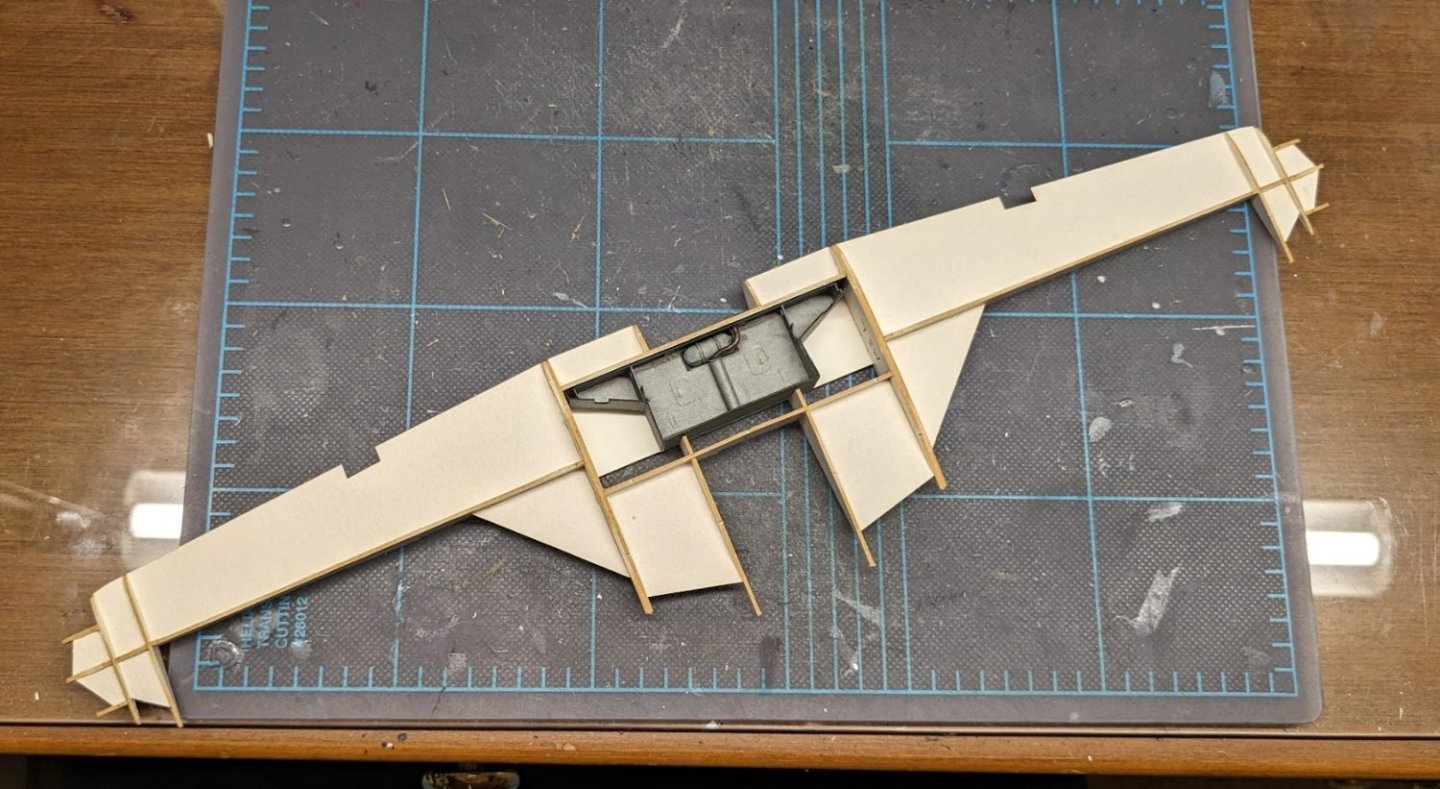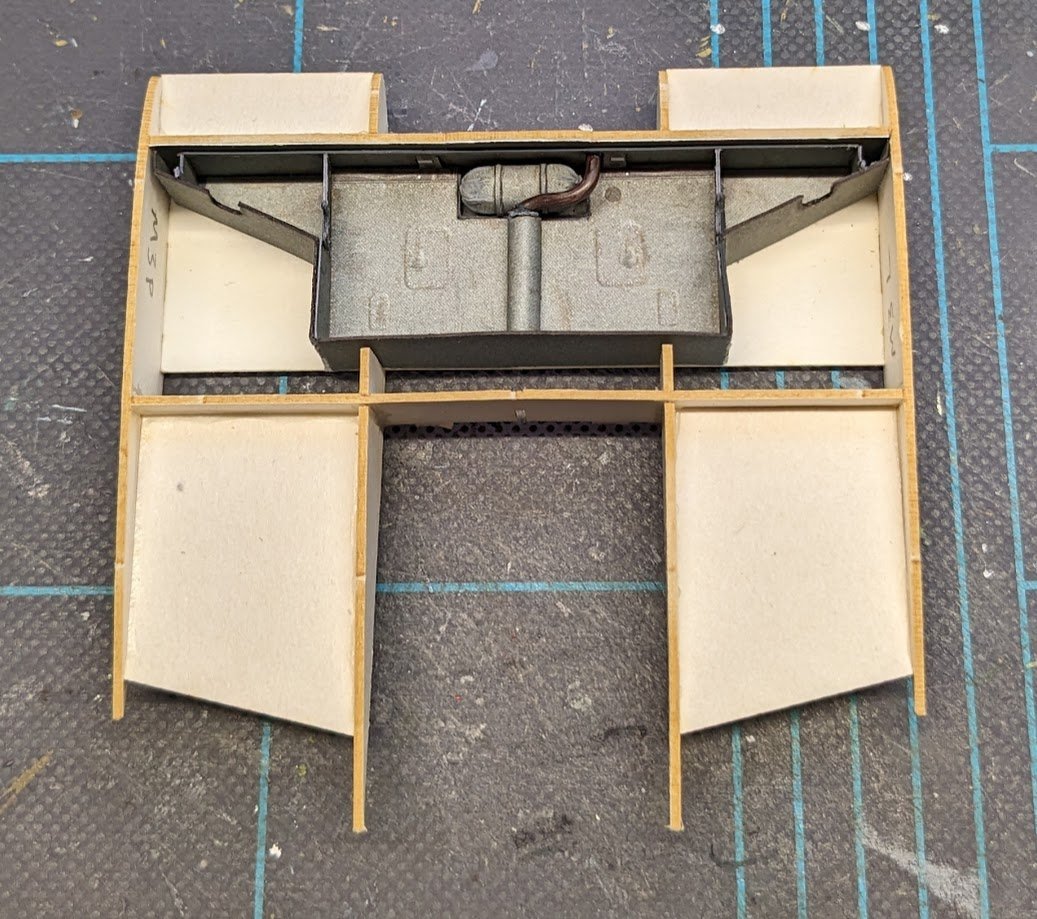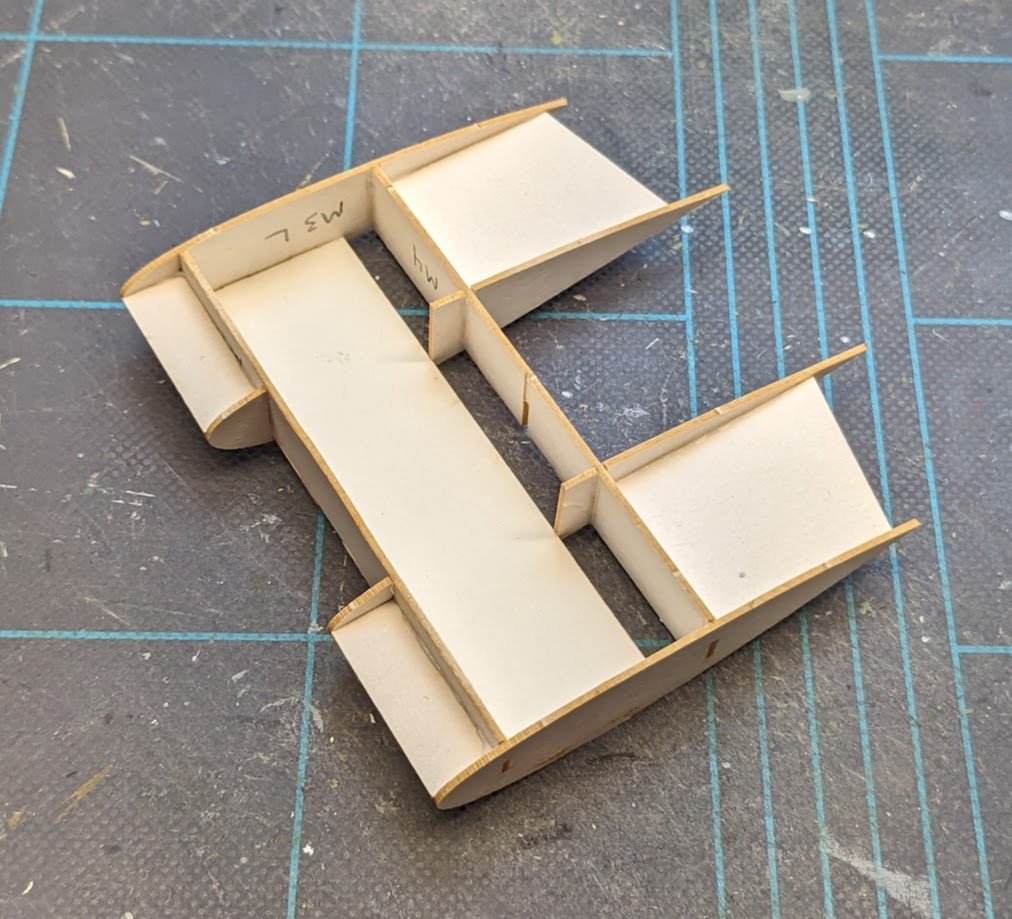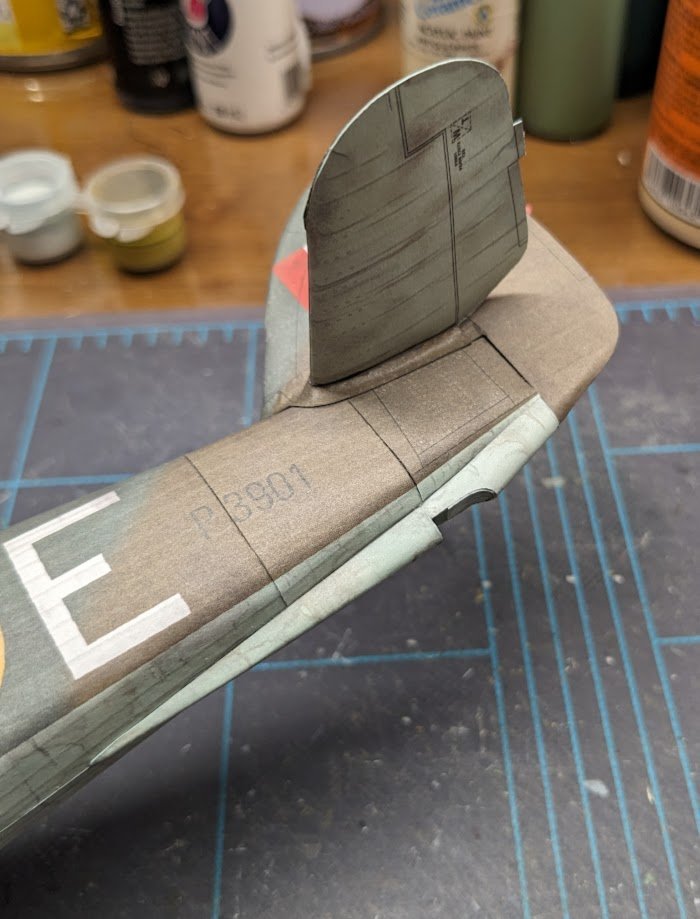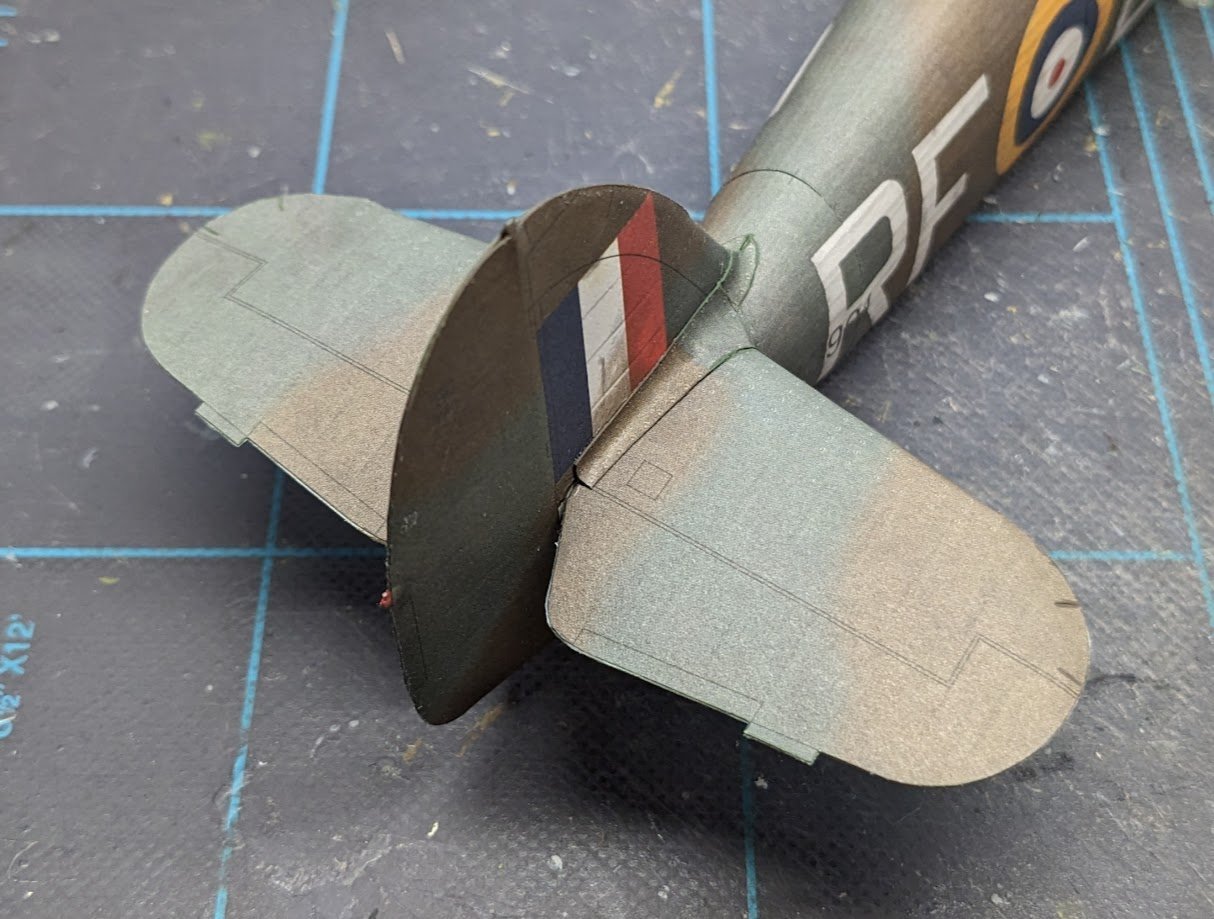-
Posts
10,479 -
Joined
-
Last visited
Content Type
Profiles
Forums
Gallery
Events
Everything posted by ccoyle
-
Well, thank you very much! I'm not actually a native of South Carolina, being originally from the foggy far-northern regions of California, which, climate-wise, is much more akin to Scotland than it is to the humid subtropics of Greenville. Let me know if you're ever in the area and I'll take you out for some amazing barbecue!
-

Hello from the Scottish North Coast
ccoyle replied to Scottish Guy's topic in New member Introductions
Welcome aboard, Michael! -
So, whatever became of this project?
- 18 replies
-
- skiff
- BlueJacket Shipcrafters
-
(and 1 more)
Tagged with:
-
Have you tried using the forum's search feature? There are currently 21 topics with 'Royal Louis' in the title, mostly build logs, including the log you started in 2016. There was also the topic in which you posted the same question last Wednesday, but I've deleted that topic because it was posted in the wrong area.
-
Very interesting! The AL version has a very pronounced tumblehome -- makes me wonder whether the two kits are based on roughly the same section of hull?
- 32 replies
-
- Victory
- Artesania Latina
-
(and 1 more)
Tagged with:
-
Hi, @Bertilon! Since you have made a start on your model, I have split off a new topic for you in the build logs section. Enjoy your project!
- 3 replies
-
- Lady Nelson
- Amati
-
(and 2 more)
Tagged with:
-
The worst wooden kit I ever built was Corel's Flying Fish. It has been observed in the past by more than one MSW member that Corel kits seem to follow the rule of "you get what you pay for." Builders rave about their high-end kits, but their cheaper offerings have been fraught with problems. On the bright side, think about how much character you're building!
-

The African Queen. My First Listing and First build here.
ccoyle replied to a49kid's topic in New member Introductions
Welcome aboard, Wayne, and best of luck on your project! -
Hmm -- we don't have an emoji for "I can't answer that one for you."
- 63 replies
-
- card
- Revenue Cutter
-
(and 2 more)
Tagged with:
-

Hi from New Zealand - the case of the Sergal Great Harry
ccoyle replied to Robert Hamlin's topic in New member Introductions
-
Hello, Lapinas! Have you got this project under way yet?
- 60 replies
-
- Lady Nelson
- Amati
-
(and 1 more)
Tagged with:
-
Hi, Frank. Have you had a chance to make some progress on this build?
- 10 replies
-
- Charles W Morgan
- Revell
-
(and 1 more)
Tagged with:
About us
Modelshipworld - Advancing Ship Modeling through Research
SSL Secured
Your security is important for us so this Website is SSL-Secured
NRG Mailing Address
Nautical Research Guild
237 South Lincoln Street
Westmont IL, 60559-1917
Model Ship World ® and the MSW logo are Registered Trademarks, and belong to the Nautical Research Guild (United States Patent and Trademark Office: No. 6,929,264 & No. 6,929,274, registered Dec. 20, 2022)
Helpful Links
About the NRG
If you enjoy building ship models that are historically accurate as well as beautiful, then The Nautical Research Guild (NRG) is just right for you.
The Guild is a non-profit educational organization whose mission is to “Advance Ship Modeling Through Research”. We provide support to our members in their efforts to raise the quality of their model ships.
The Nautical Research Guild has published our world-renowned quarterly magazine, The Nautical Research Journal, since 1955. The pages of the Journal are full of articles by accomplished ship modelers who show you how they create those exquisite details on their models, and by maritime historians who show you the correct details to build. The Journal is available in both print and digital editions. Go to the NRG web site (www.thenrg.org) to download a complimentary digital copy of the Journal. The NRG also publishes plan sets, books and compilations of back issues of the Journal and the former Ships in Scale and Model Ship Builder magazines.

